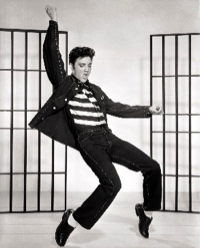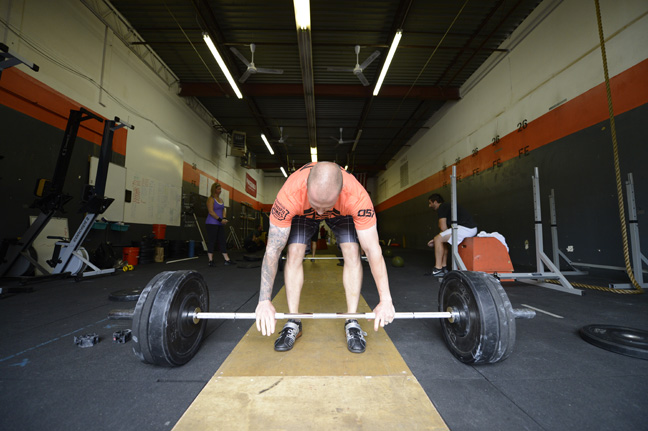Hip Mobility

Can you move your pelvis like Elvis?

If you can’t, you may not win any dance-offs, but you could set yourself up for lower back pain. Your hips are designed to be mobile. Your low back is designed to be stable. The skinny is that if your hips and pelvis don’t move like they are designed to, your low back will move more to pick up the slack.
#1 problem for tight hips? Sitting. And we as a society sit…A LOT. So with the increased NY resolutions upon us, let’s set ourselves up for success for the New Year.
The low back (lumbar spine) needs to be stable at all times. This will limit the possibility for disc herniations and other nasty problems. But if your hips are tight and immobile, you’re opening to door for potential low back problems. More on low back stability in a future post.
Thanks to the guys at Movement at Medicine for these easy drills. http://movement-as-medicine.com/4-hip-mobility-drills-to-improve-your-squat/. The key with all these positions is to maintain good posture in your low back. If your position resembles an elephant performing yoga… take a step back and reset.

Always quality over quantity. These movements will help keep those pesky low back pains at bay. If you need something more specific or have questions about a particular problem, call InBox Functional Rehab to set up an evaluation.
Dr. B
